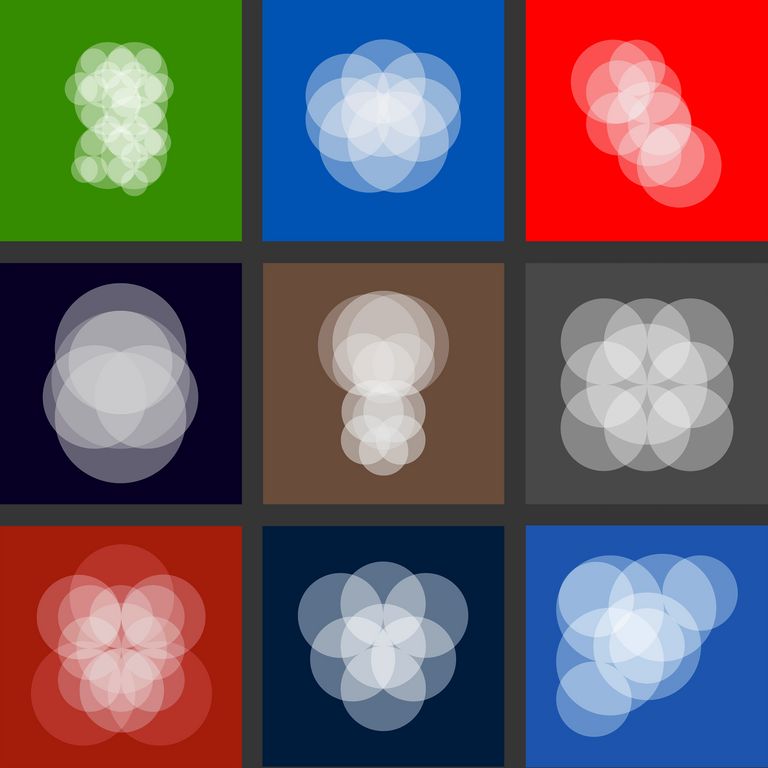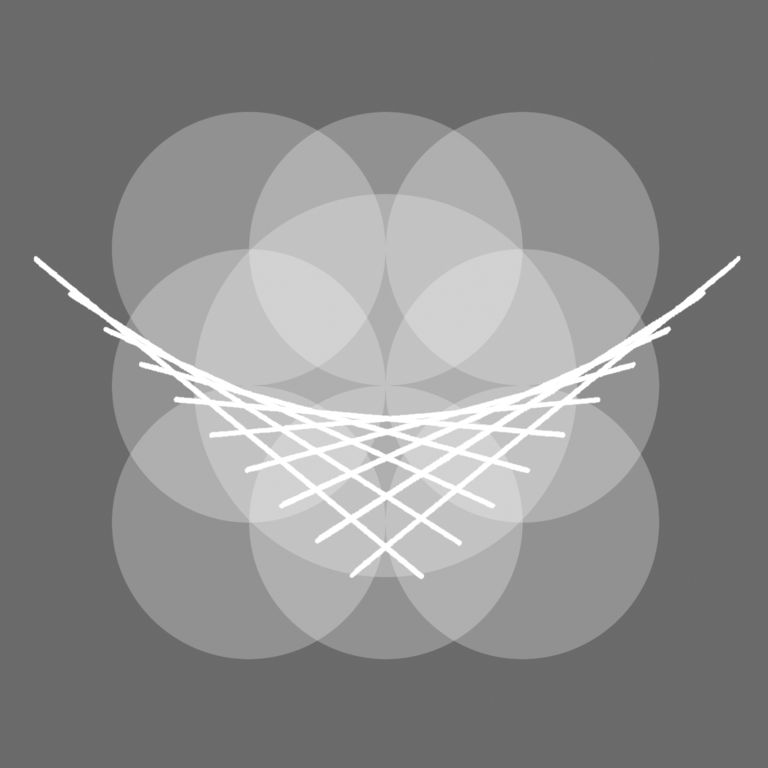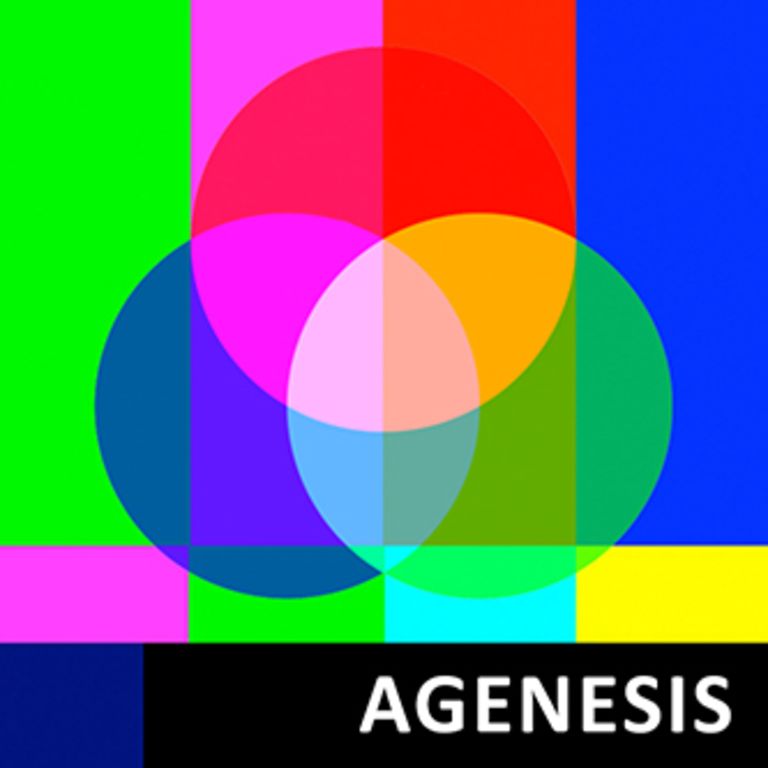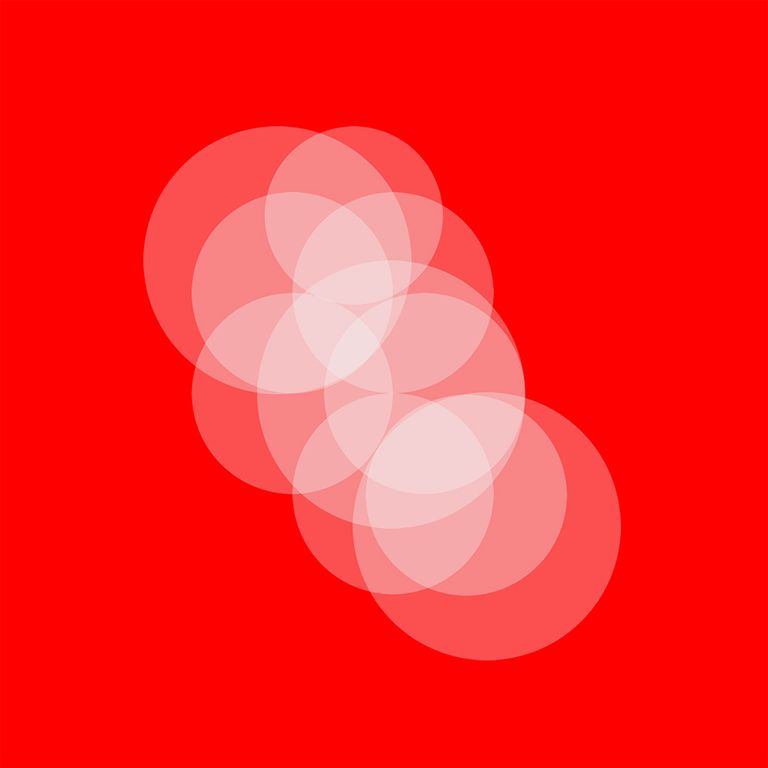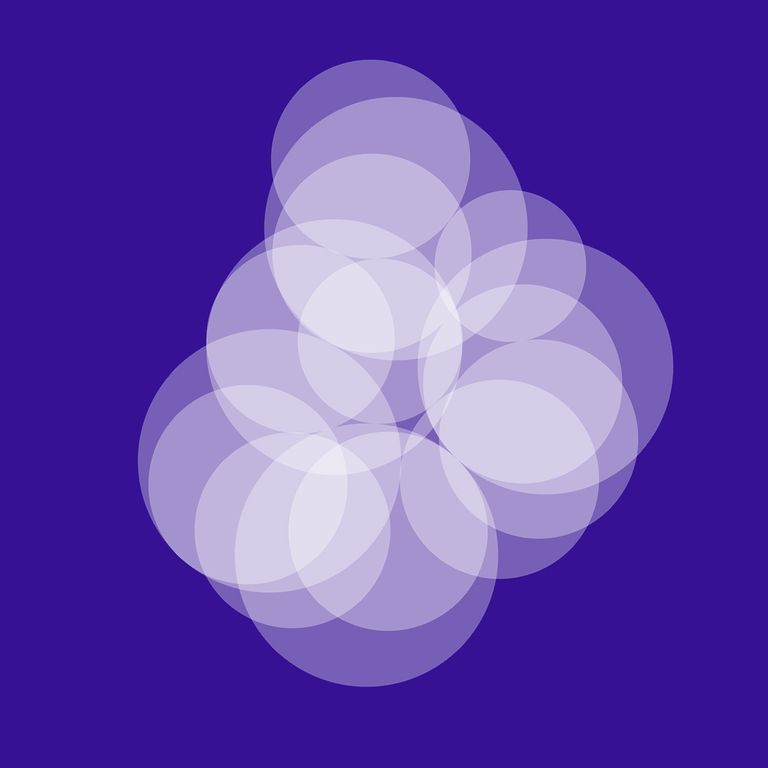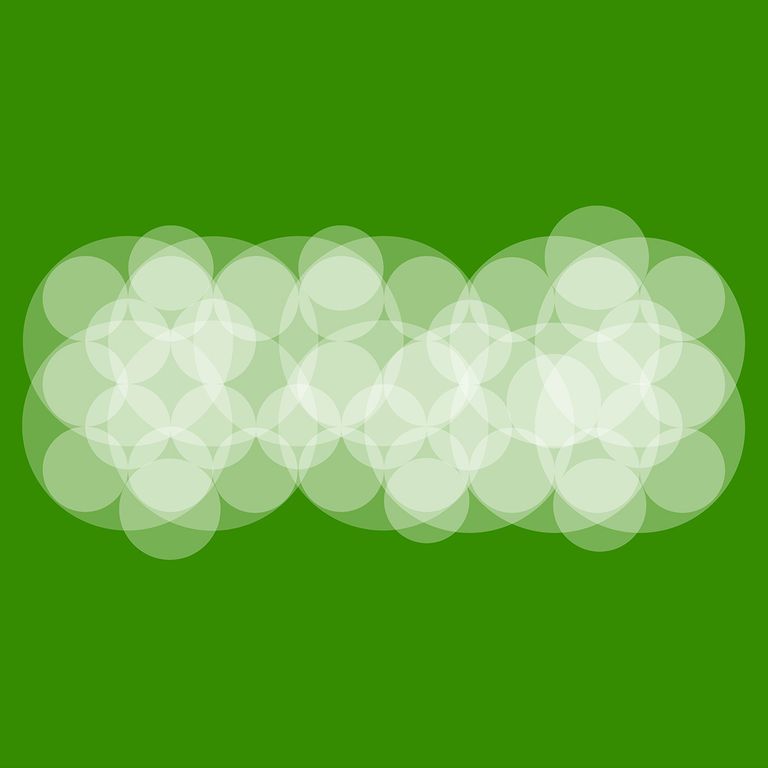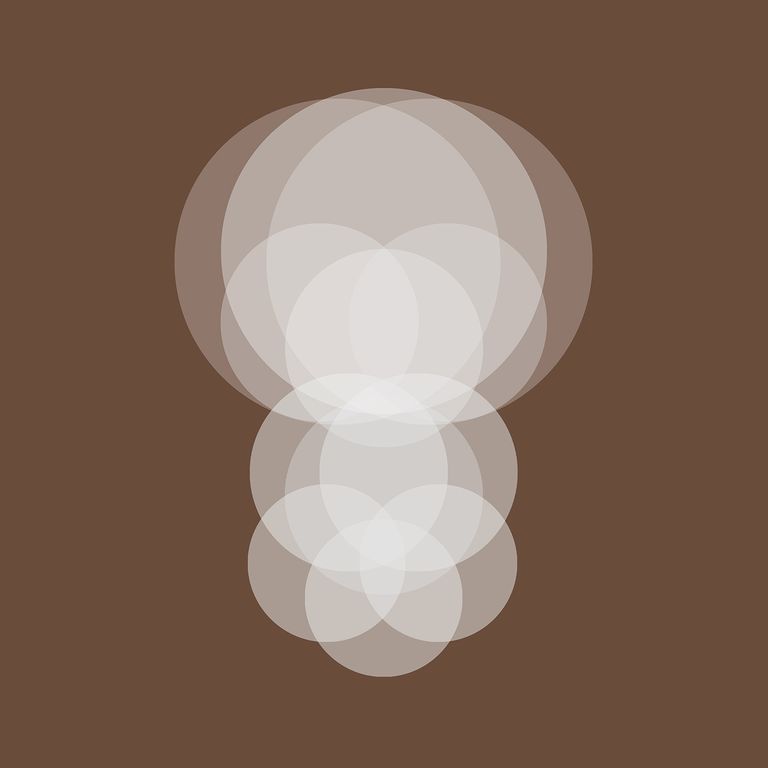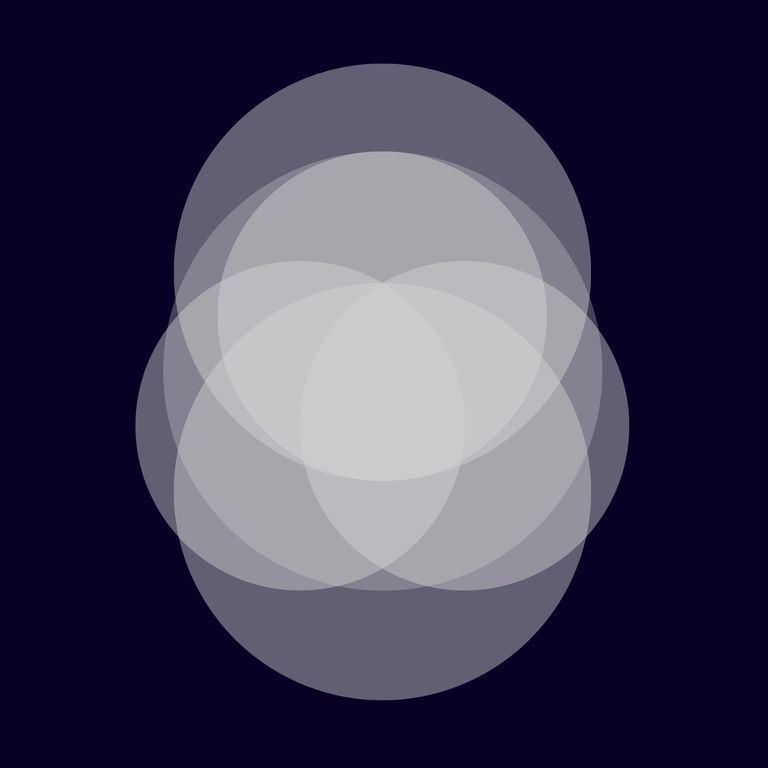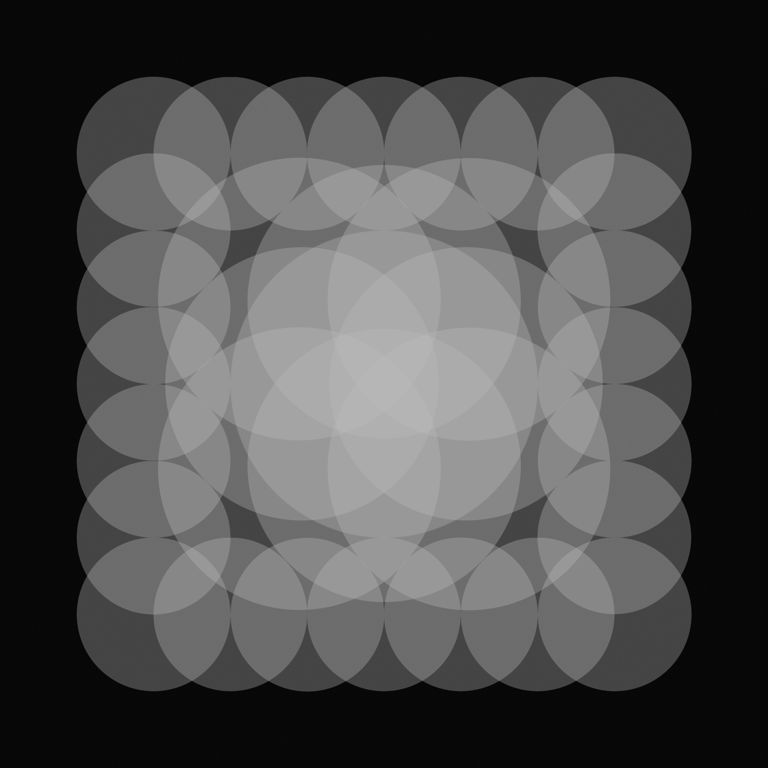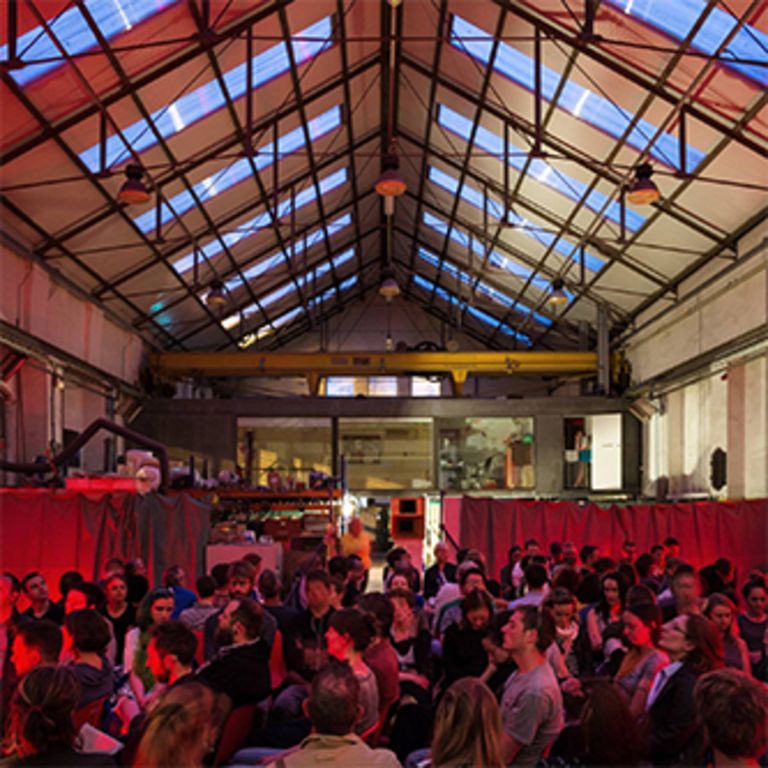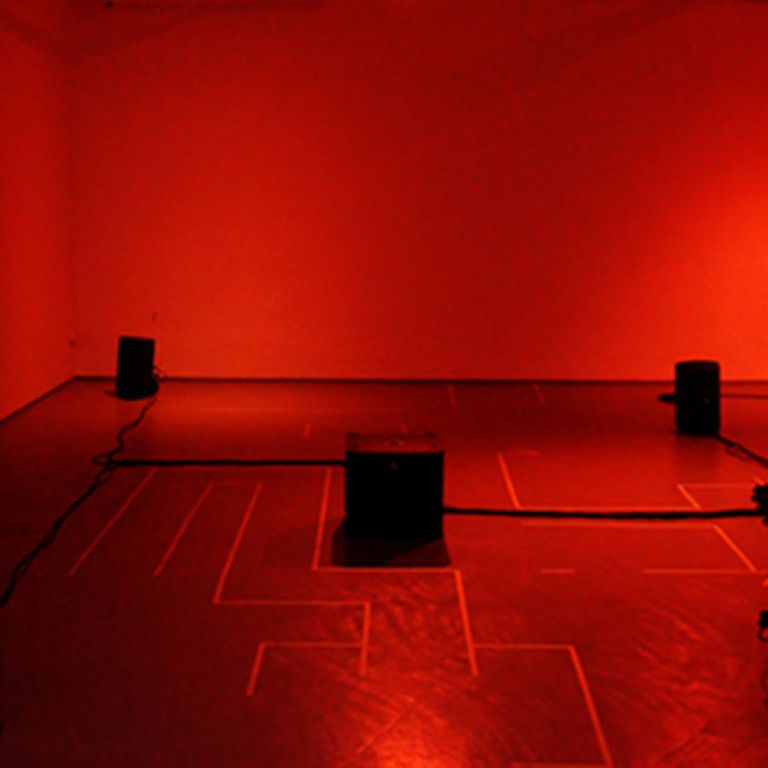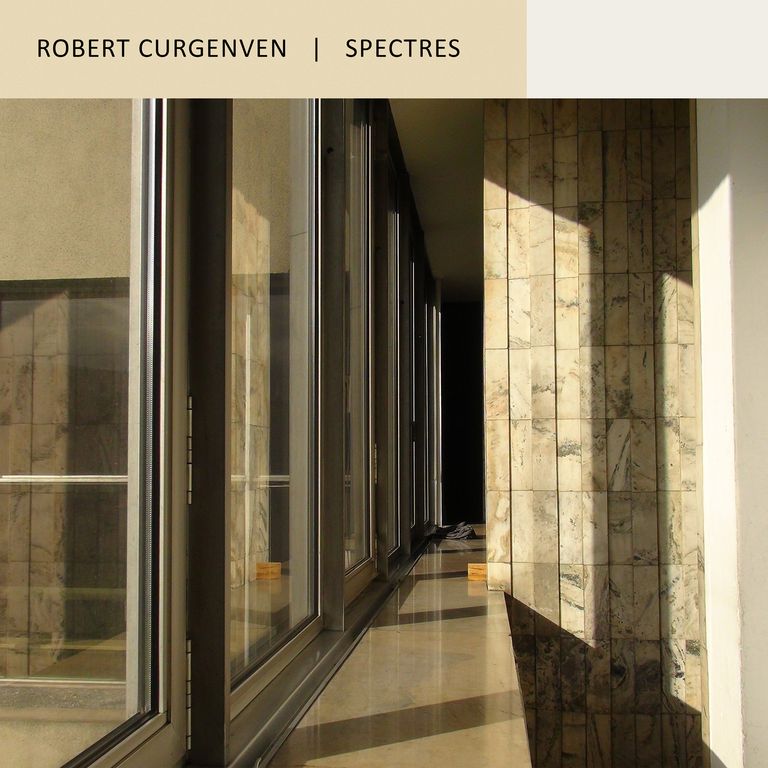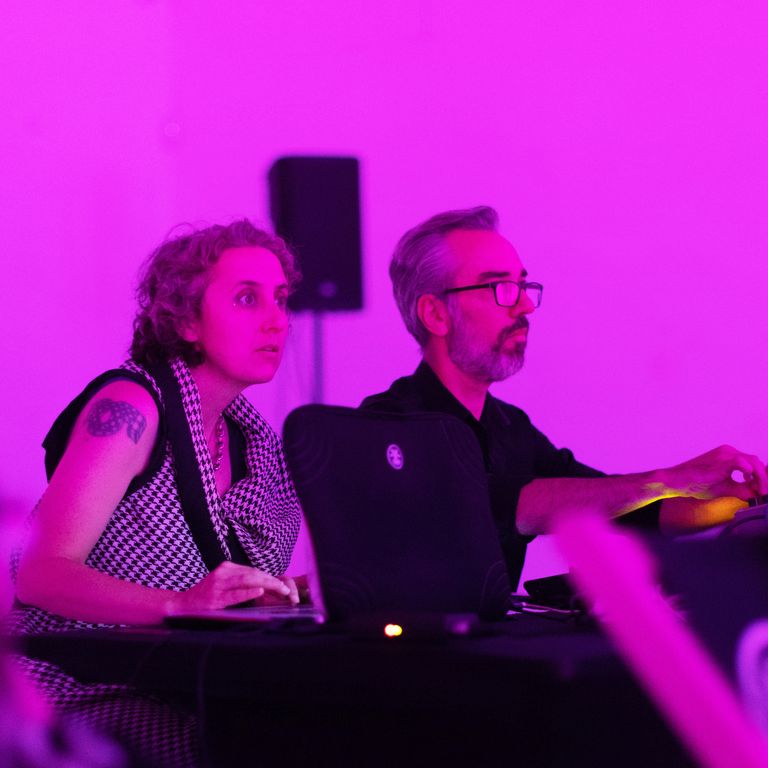
Pan-European series of audio work / Sound walk accessible via Echoes app
Duration & dimensions variable
Includes commissions by Warsztaty Kultury (Culture Workshops) Lublin (PL); Meetfactory, Prague (CZ); New Music Dublin (IRL); Bergen School of Architecture (NO), Folldal Kommune (NO), Struer Tracks Festival / Sound Art Lab (DK)
Go to links for individual works in the series:
Lublin (PL) | Prague (CZ) | Folldal (NO) | Bergen (DK) |
Bornholm (NO) | Dublin (IE) | Inis Oírr (IE) | Piteå (SWE) |
Berlevåg (NO) | Struer (DK) | Cobh (IE) | Lofoten (NO)
The Pavilions are easy to access, just:
1. Download the Echoes app
2. Grab a mobile phone & headphones
3. Download the audiowork in the app (not a browser) using the link or QR code & open while at at the location of the Pavilion
